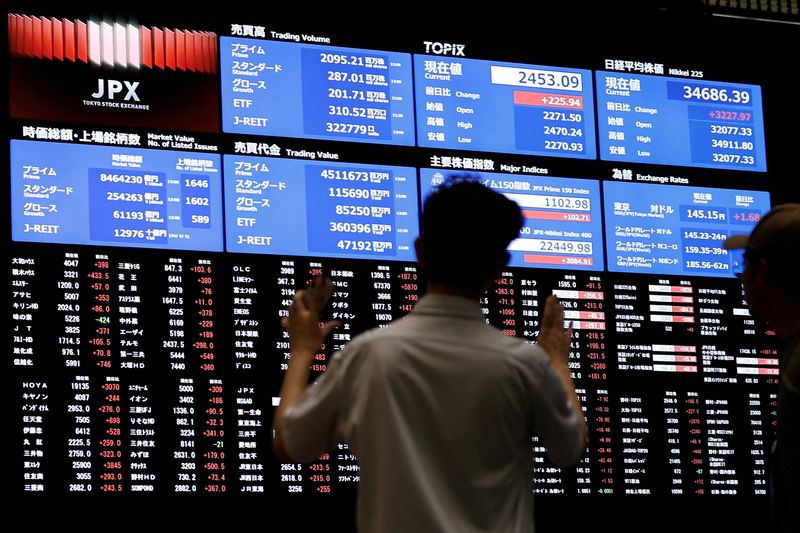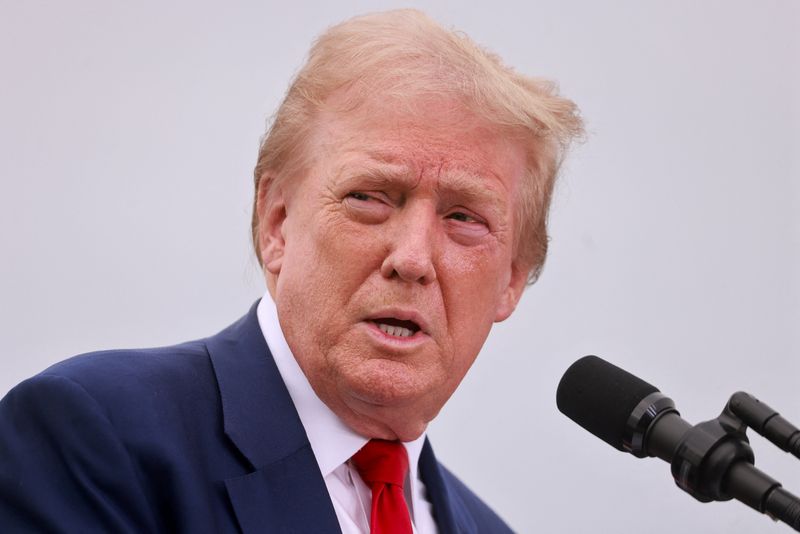Ballooning US government deficit likely to remain same under Harris or Trump

Investing.com — The ballooning U.S. budget deficit is now the third-highest on record and is likely to be very similar under Kamala Harris or Donald Trump as the race for the White House heats up, analysts at Evercore ISI said in a Thursday note.
“Overall, our analysis suggests the macro impact of new fiscal stimulus would be very similar under Harris or Trump and relatively small,” Evercore ISI analysts said.
The U.S. budget deficit for fiscal year 2024 reached $1.7 trillion, or 6.3% of GDP, marking the third-largest deficit in history, and the highest outside the COVID pandemic era, the Treasury Department reported on Oct. 18.
The key difference between the two candidates would “likely be in the composition of spending and revenue, rather than the overall deficit level,” they added.
Harris is expected to roll out policy measures aimed at expanding social programs and infrastructure spending, potentially offset by efforts to increase tax revenue from corporations and high-income individuals, the analysts said.
Under a potential Harris administration, assuming a divided government with Republicans controlling the Senate, which would likely muddy the route for her to get her revenue offsets enacted into law, the deficit is likely to increase by 1.7% of GDP compared to a current law baseline.
In contrast, a Trump administration would likely prioritize tax cuts and increased defense spending, while potentially seeking to reduce some domestic programs.
These expected policy measures from Trump are likely to increase the deficit by 1.8% of GDP as “fiscally conservative Republican lawmakers would likely have an upper tolerance limit,” the analysts said.
“Simulations using the Fed’s FRB/US suggest the difference between Harris and Trump fiscal outcomes is too small to matter from a macro perspective,” they added.
The need for action on the deficit is growing, the analysts said, warning that “without significant policy changes, the U.S. faces long-term fiscal challenges that could impact economic growth and financial stability.”







